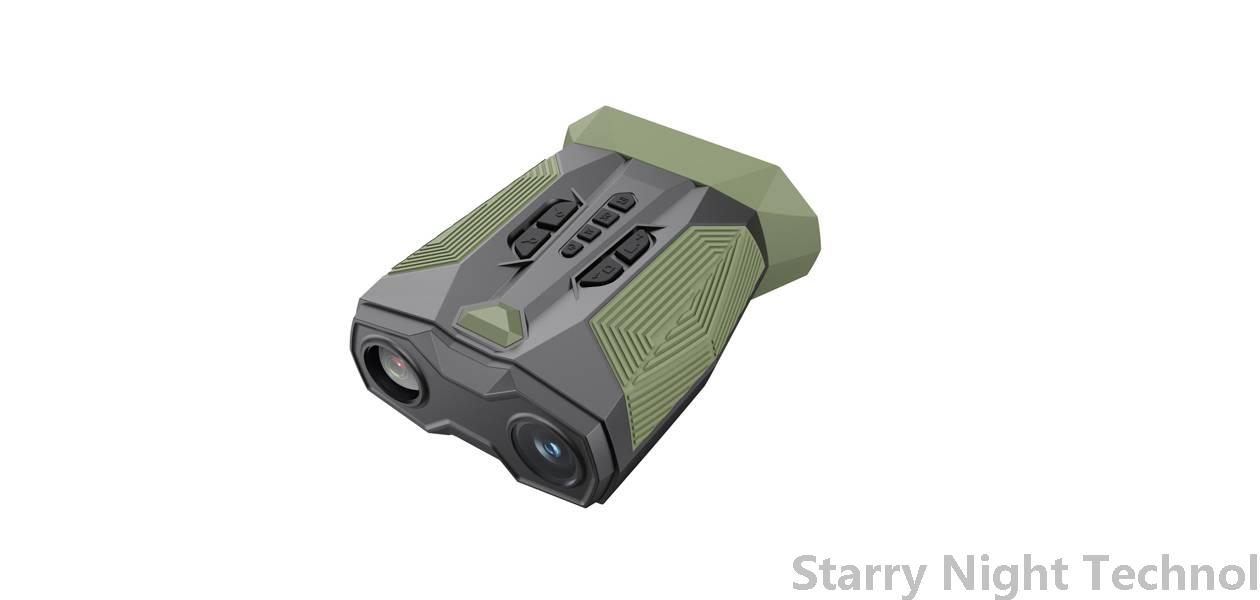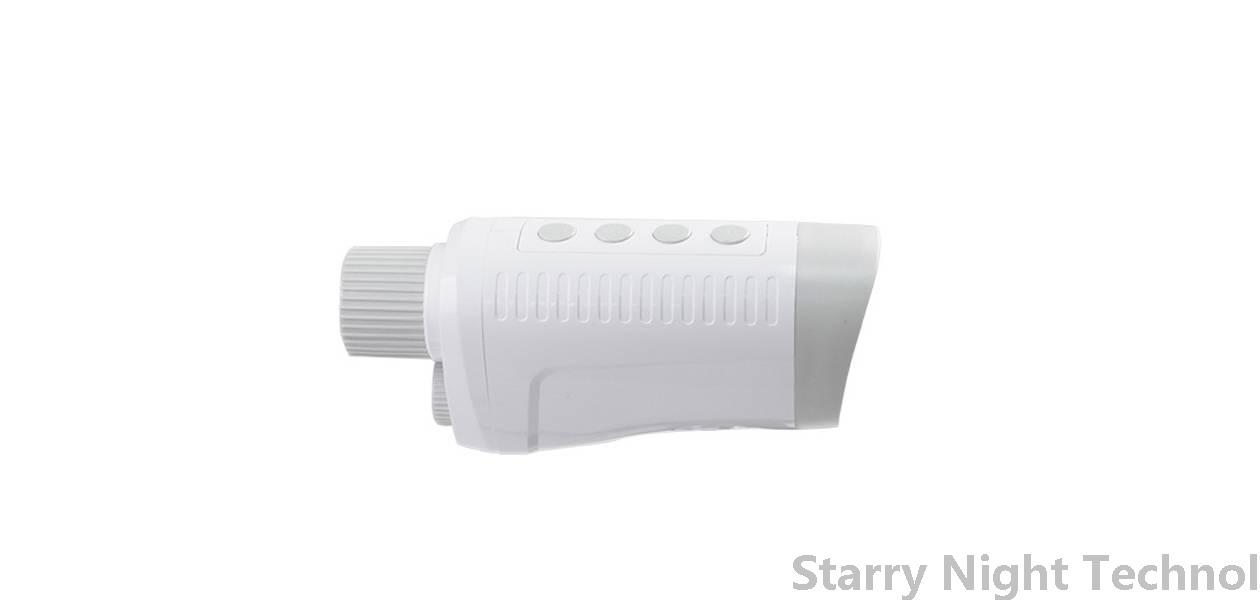The Guardian of Drone Security: Protector of the Night Sky
1751180415000

As technology has advanced, our skies have transformed into bustling highways of unmanned aerial vehicles (UAVs), commonly known as drones. Initially conceived for military applications, drones are increasingly finding their way into various sectors such as agriculture, logistics, media, and even personal recreation. However, with this increase in drone utilization comes a parallel rise in security concerns, both from an operational standpoint and a privacy perspective. Enter the modern guardian of drone security—cutting-edge technologies that work tirelessly to protect our night skies while ensuring the benefits of drones can be harnessed safely.
#### The Rise of Drones
The rapid expansion of drone technology is hard to ignore. Drones have been utilized for search-and-rescue operations during calamities, delivering medical supplies in underserved areas, capturing breathtaking aerial photography, and monitoring crops with unprecedented efficiency. For many industries, they symbolize innovation, cost-efficiency, and flexibility. While these advantages cannot be overstated, the governance surrounding airspace and safety protocols lag behind. As a result, public concern regarding unauthorized drone activity has surged, prompting calls for increased surveillance and regulation.
#### The Security Threat Landscape
With the proliferation of drone technology comes a diverse range of threats. Unauthorized drones have been responsible for incidents such as near misses with commercial aircraft and disruptions at critical infrastructure sites like airports and stadiums. Moreover, drones equipped with cameras can infringe on privacy rights by invading personal spaces without consent. They also pose risks related to smuggling contraband or conducting illicit surveillance.
Cybersecurity vulnerabilities add another layer of complexity. As drones become more connected through networks, they are susceptible to hacking attempts where malicious actors take control over them. In the wrong hands, drones could be weaponized, leading to catastrophic consequences.
#### Solutions: The Guardian Framework
In response to these challenges, various stakeholders—including governments, private companies, and researchers—are devising comprehensive frameworks aimed at reinforcing drone security. Below are some key components that exemplify what it means to be a "Guardian of Drone Security."
1. **Detection Technologies**:
One primary facet of effective drone security is real-time detection. Advanced radar systems, radio frequency detectors, and acoustic sensors play pivotal roles in establishing a situational awareness model for monitoring UAV activities. These technologies enable authorities to identify rogue drones operating outside regulatory norms quickly.
2. **Counter-drone Systems**:
In instances when a drone poses immediate dangers, counter-drone solutions come into play. Directed energy weapons, jamming technologies, and interception systems actively mitigate threats. While controversial, especially concerning individual rights, carefully controlled deployment of such measures can safeguard sensitive zones. Law enforcement agencies are progressively adopting these technologies for event protection or securing no-fly zones.
 An effective preventive tool, geofencing relies on GPS and mapping data to create invisible barriers around specific areas. Drones entering defined restricted zones receive alerts, while extensive restrictions may force them to return to their point of origin. This application has proved beneficial for airport institutions and hazardous industrial facilities.
An effective preventive tool, geofencing relies on GPS and mapping data to create invisible barriers around specific areas. Drones entering defined restricted zones receive alerts, while extensive restrictions may force them to return to their point of origin. This application has proved beneficial for airport institutions and hazardous industrial facilities.4. **Regulatory Measures**:
Governments worldwide are striving to craft effective regulations balancing technological advancements and public concerns. Publishing clear rules regarding registration, flight permissions, and pilot qualifications mitigates misuse. Additionally, integrating identification systems ensures accountability so that all operators follow guidelines designed to secure not only the infrastructure but also the general populace.
5. **Educational Outreach**:
Educating drone enthusiasts about responsible use is indispensable in creating a culture of compliance within the community. Raising awareness about laws, potential impacts on national security, and necessary best practices lays the foundation for self-governing behavior among users.
6. **Research and Innovation**:
Continuous research into new methodologies forms the backbone of tactical advancement in drone security. Innovators are exploring artificial intelligence (AI) algorithms capable of differentiating between legitimate and unauthorized drone flights. Collaborative efforts among tech firms, academic institutions, and governmental bodies will yield cutting-edge strategies to respond proactively to emergent issues.
#### The Human Element
While technology provides invaluable support, human oversight remains vital for optimal drone security management. Trained professionals equipped with comprehensive knowledge of aviation safety procedures must oversee critical installations like airports, power generation stations, and urban centers. Investing in specialized training tailored to discern high-risk scenarios while employing cutting-edge tools elevates situational monitoring, ultimately making our skies safer.
### Conclusion
As drones proliferate throughout various aspects of life, proactive measures in safeguarding our skies emerge as non-negotiable. A multifaceted guardian framework combining innovative technologies, stringent regulations, and collaborative outreach programs underscores society's commitment to ensure peace of mind—in reality, not just rhetoric. While we unlock the untold potential of drone technology, embracing responsibility and vigilance enables us to soar towards promising vistas without compromising safety, security, or our shared enjoyment of the open skies above.
Which is a good night vision deviceStarry Night Technol

